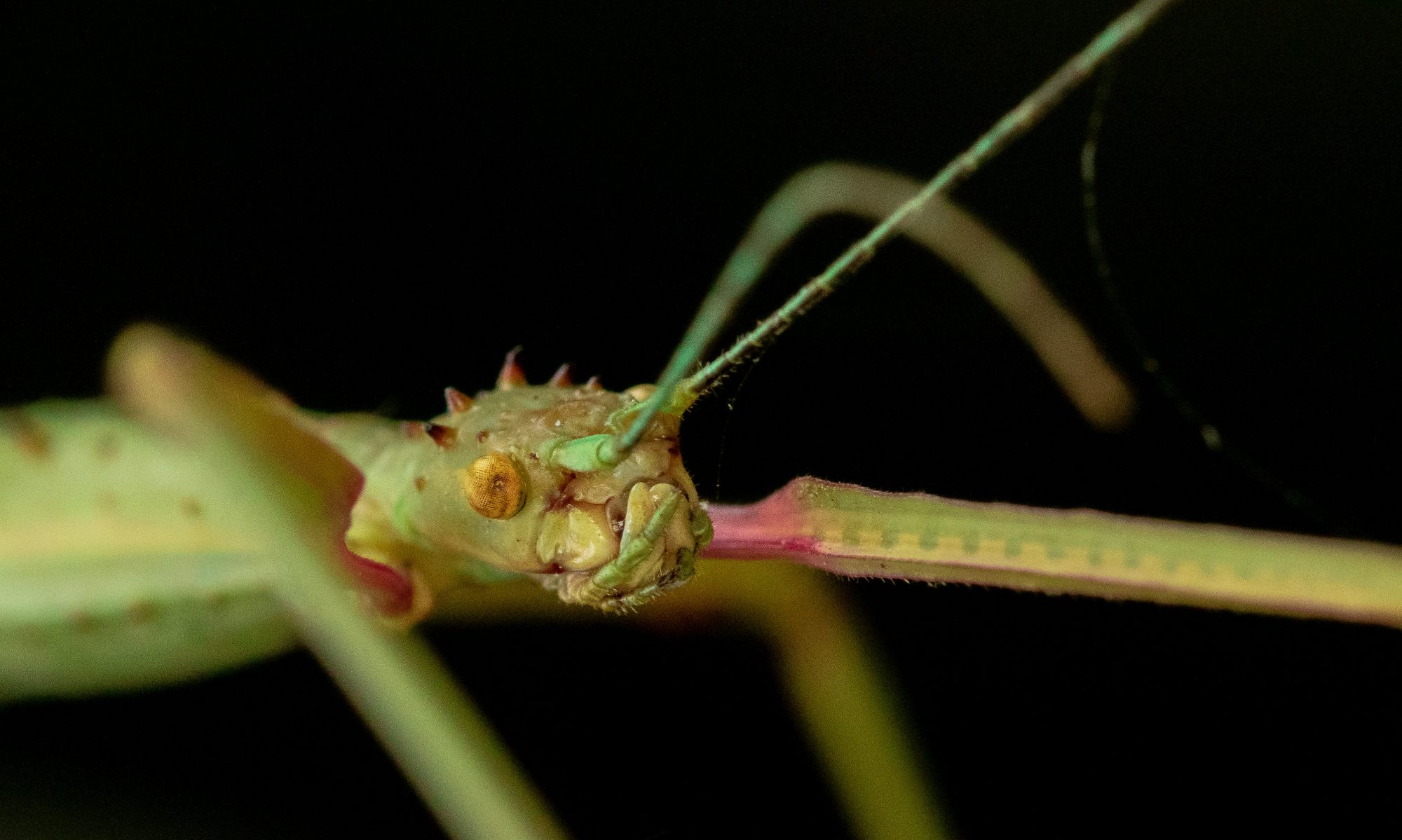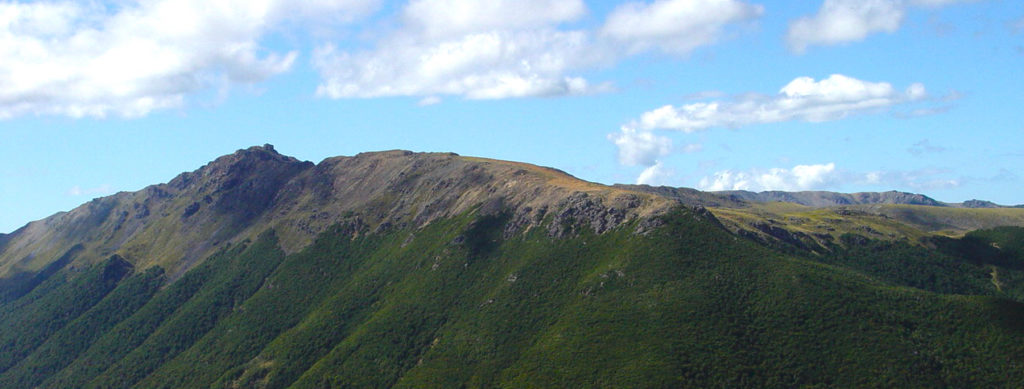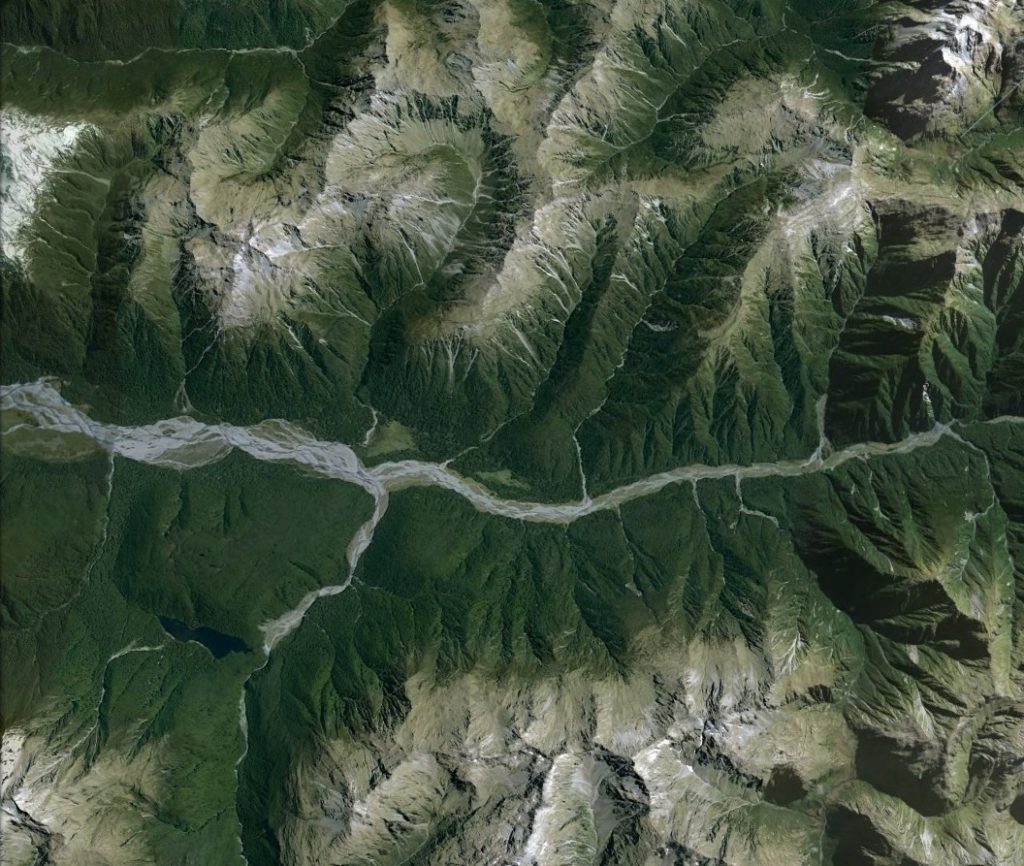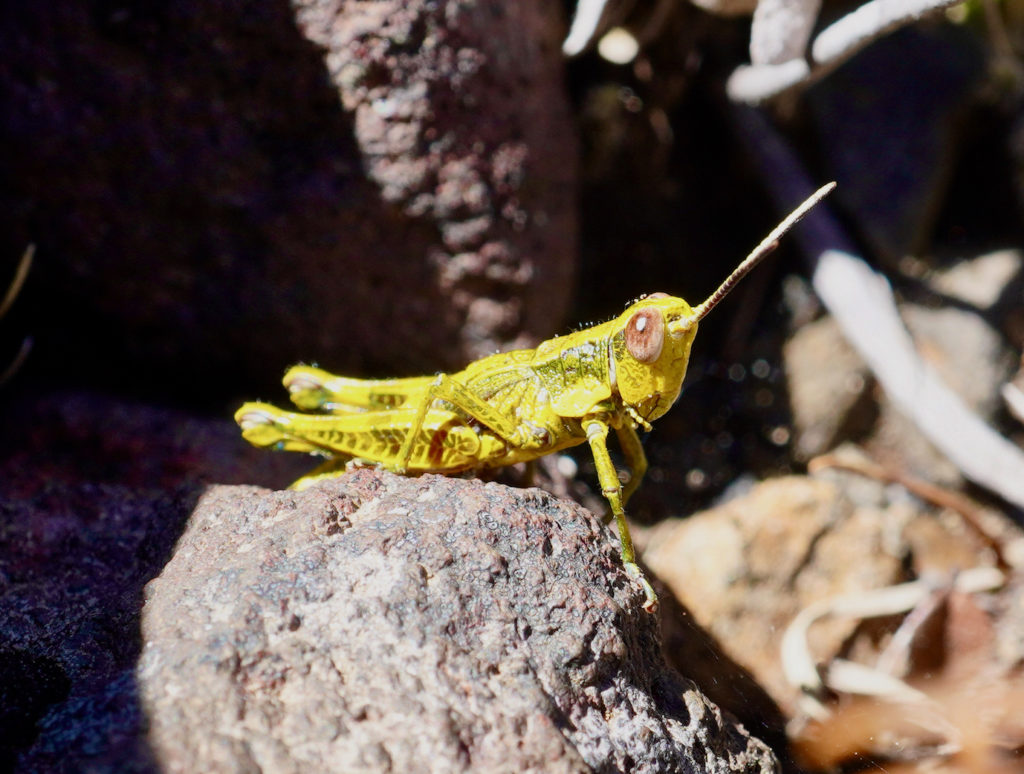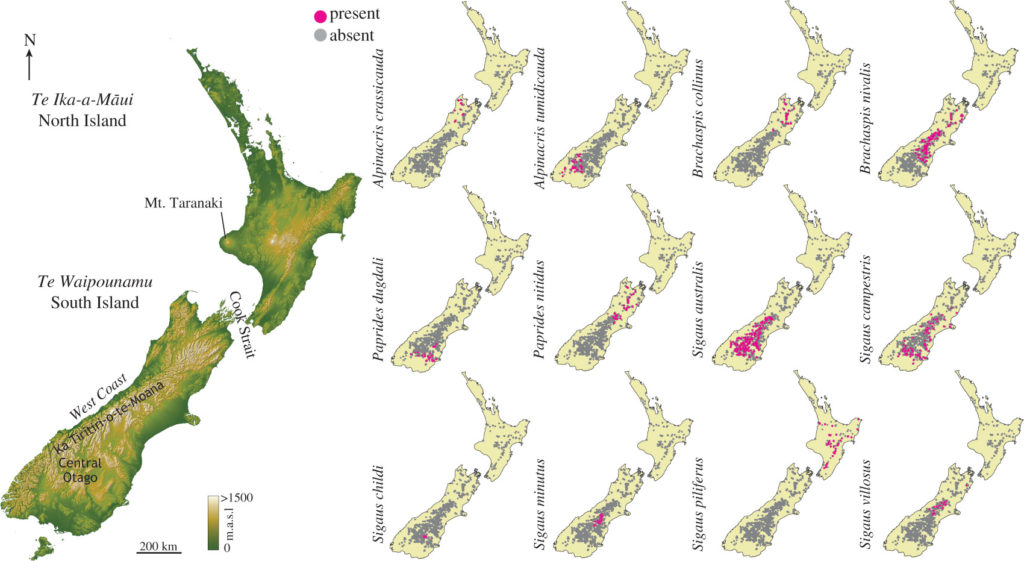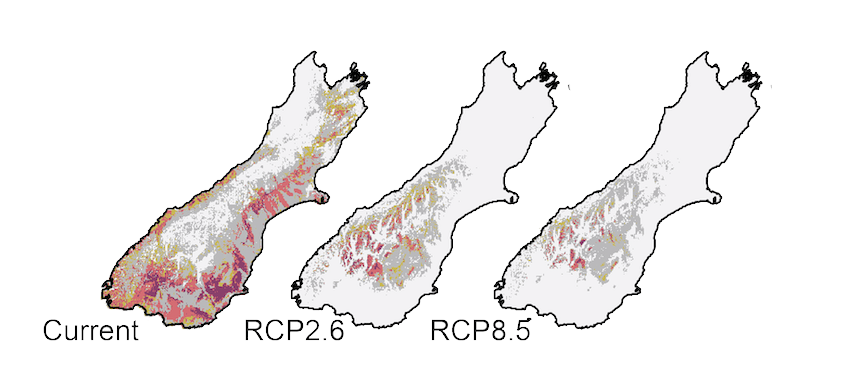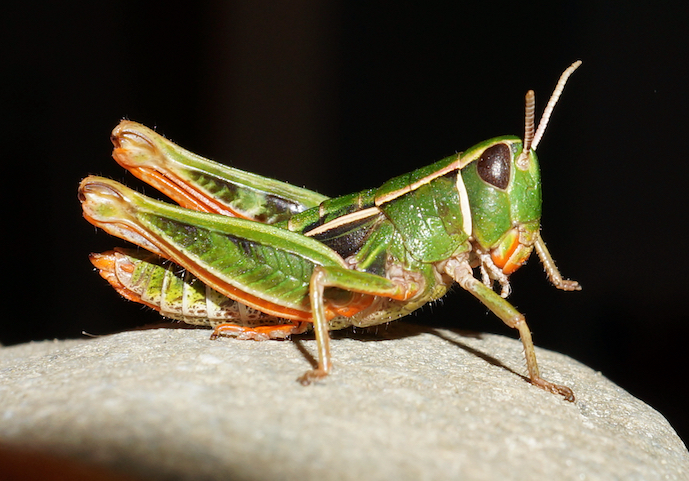If you thought that cave wētā (Rhaphidophoridae) were only to be found inside New Zealand caves – Think again. They don’t need caves and they are found all around the world! A new study published in Royal Society Open Science discovered that five geologically young subantarctic islands each have their own amazing and “ancient” endemic cave wētā. [The species themselves are not ancient but each one represents a phylogenetically distinct lineage].
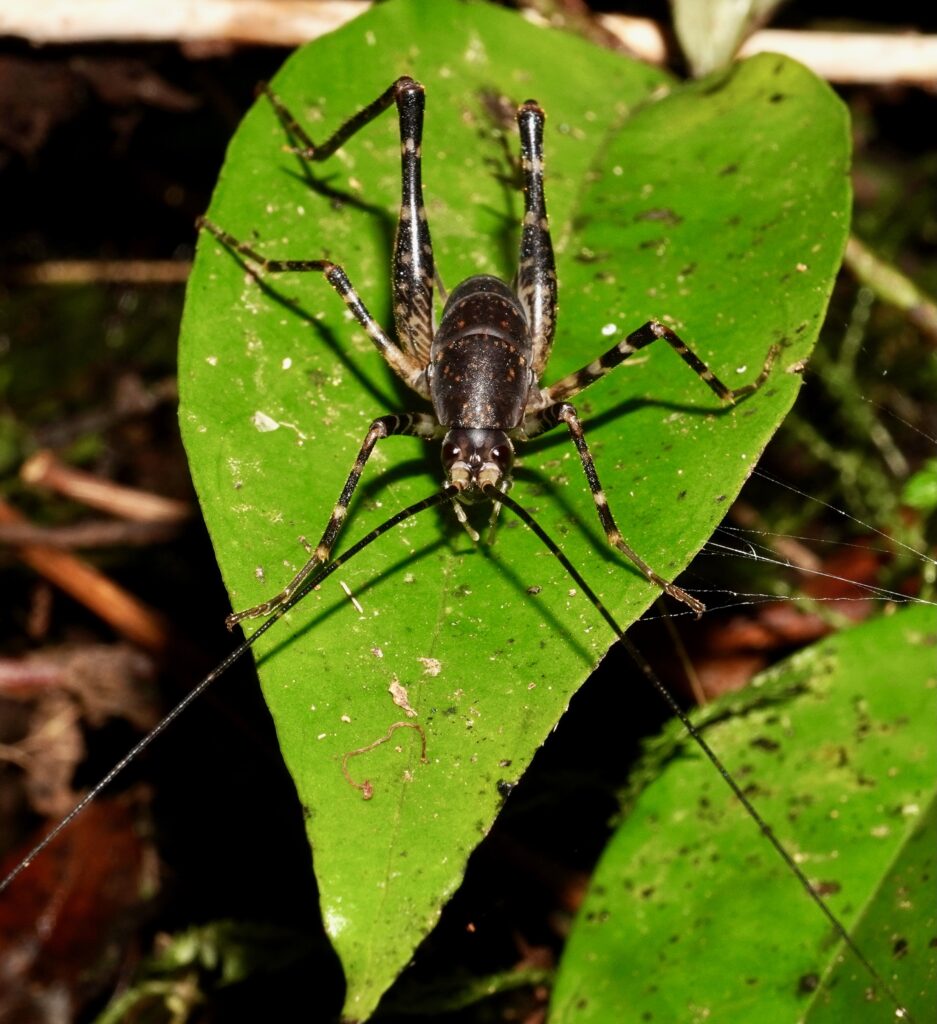
When land emerges from the sea it provides a new home for terrestrial plants and animals. Drifting across the ocean and blowing through the air new organisms arrive. New populations are established and over many generations these populations adapt to their home and might even diversify into a set of new endemic species.
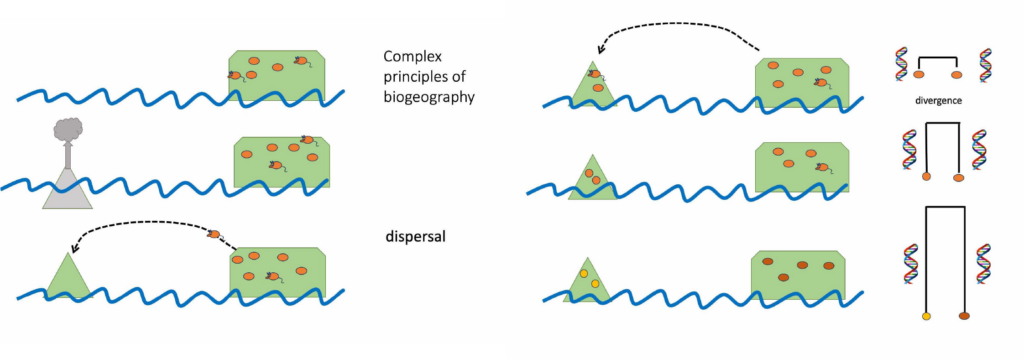
Biologists studying island endemics have long been interested in when it was that islands were first colonised after their formation, and how long it took for novel, distinguishing traits to evolve. A new study of camel crickets on seven subantarctic islands reveals how little we can learn about the time of arrival from the age of the stem. Only the age of the crown group should be used to estimate the speed of evolution.

The study of Rhaphidophoridae (cave weta/camel crickets) sequenced whole mitochondrial genomes and used fossils from a sister group of orthoptera to calibrate a molecular clock. Species found only on subantarctic islands have sister taxa in New Zealand but the age of the divergence (stem) was found to be much older than the age of their island homes. In all seven cases the island species shared its most recent common ancestor with a sampled relative more than 10 million years ago (most were >25 MYA). This study provides an excellent example of how stem age can mislead biologists into thinking lineages are very old. The reason the stem dates are older than the islands is because close relatives were not sampled. All extant New Zealand genera (with one exception) were included in the study so the lack of close relatives suggests either lack of investment into species discovery or due to extinction. There is still time for us to go looking for close relatives of these island endemics in New Zealand but the islands will be smaller as sea level rises.
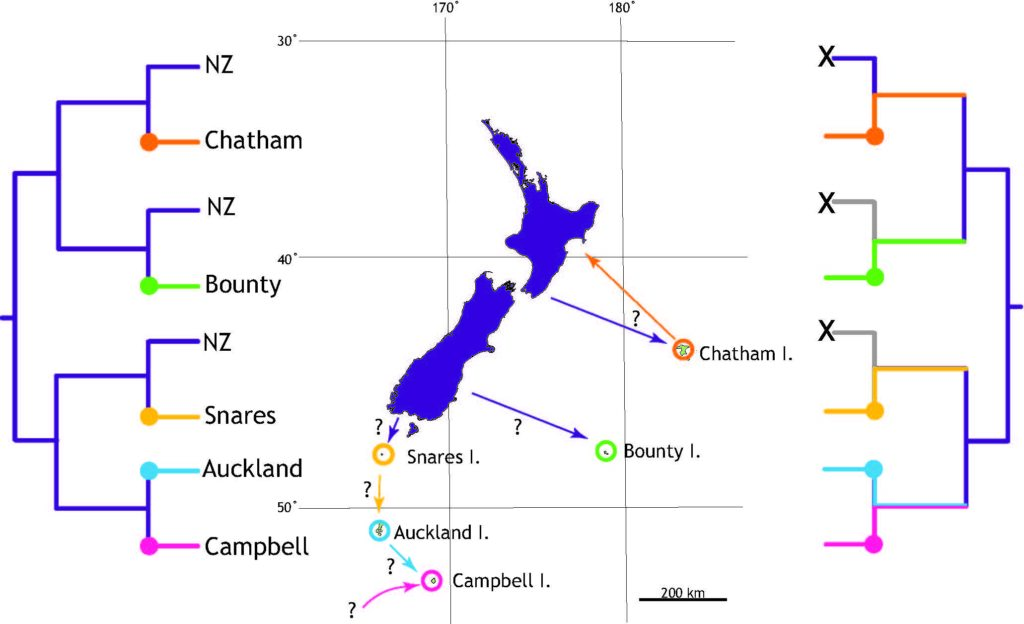
Cave crickets are found all over the world including on tiny subantarctic islands. Finding old lineages on young islands shows that these wingless insects are successful at crossing the ocean and colonising new habitat. However, the absence of closely related species elsewhere suggests that extinction is a biologically influential factor with potential to confound traditional biogeographic assumptions
